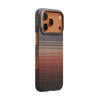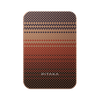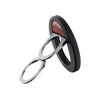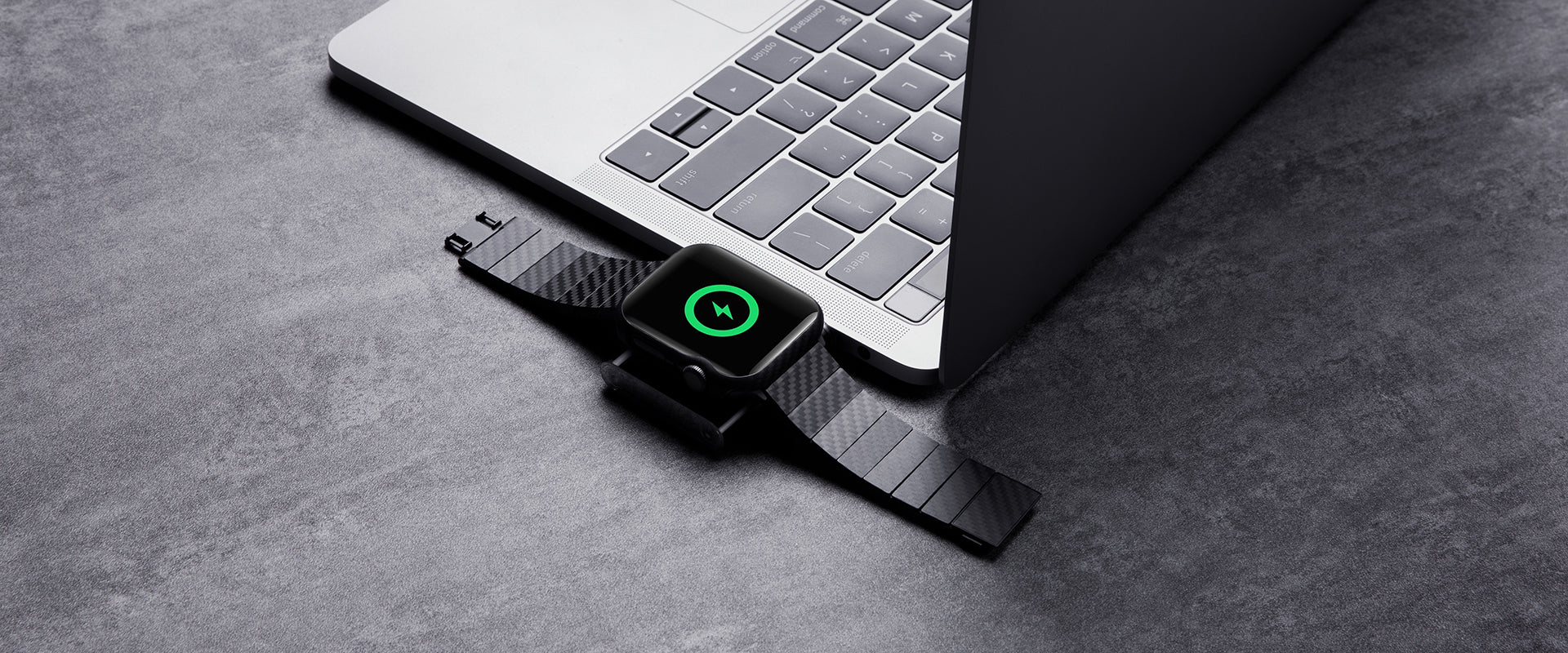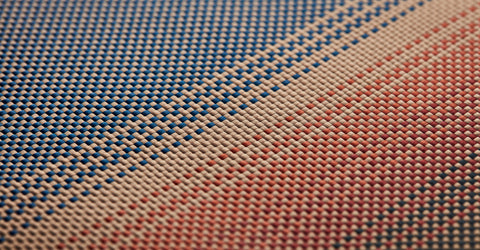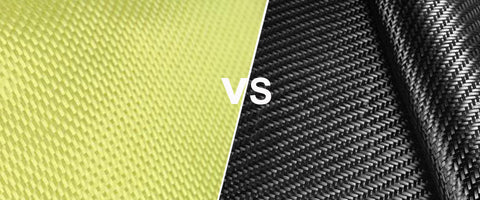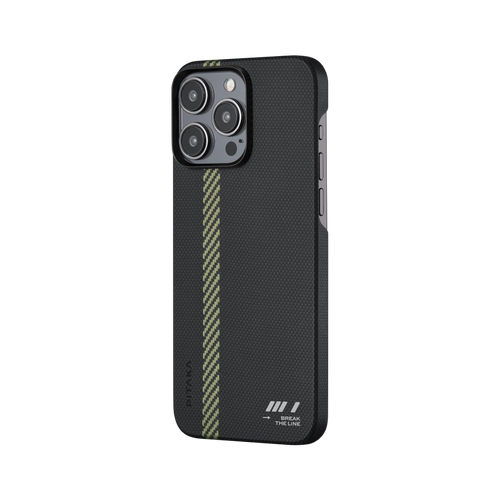The Apple Watch has become a favorite wearable device for many individuals due to its convenience and plethora of features. Whether used for fitness tracking, communication, or productivity, the Apple Watch is a valuable companion. To enjoy all these features, you need to prevent your Apple Watch battery from hitting too low.
However, sometimes you may encounter situations when the Apple Watch is not charging at all. This can be frustrating and worrisome. In this blog post, we will delve into the potential reasons behind this issue and provide a comprehensive guide with troubleshooting methods to rectify it.
How to Know If My Apple Watch Is Charging Or Not?
Determining whether your Apple Watch is charging or not is crucial in addressing the issue. The easiest way to check the charging status is to look at the screen of your Apple Watch when you place it on the charger. You should see one of these icons:
- A green lightning bolt icon: This means your Apple Watch is charging normally.
- A red lightning bolt icon: Your Apple Watch has a low battery and needs to be charged.
- No icon: Your Apple Watch is not charging at all.
 You can also swipe up from the bottom of the screen and tap on the battery icon to see the battery percentage of your Apple Watch. If the percentage is increasing over a period, it means your Apple Watch is charging. If it is decreasing or staying the same, it means your watch is not charging.
You can also swipe up from the bottom of the screen and tap on the battery icon to see the battery percentage of your Apple Watch. If the percentage is increasing over a period, it means your Apple Watch is charging. If it is decreasing or staying the same, it means your watch is not charging.
Why Is My Apple Watch Not Charging?
There are two primary categories of issues that can prevent your Apple Watch from charging: hardware problems and software problems.
Hardware Problems
Hardware problems are related to the physical components of the Apple Watch and the charger. These include:
- The position of the Apple Watch on the charger. The Apple Watch uses a magnetic charger that aligns with the back of the device. If the Apple Watch is not positioned correctly on the charger, it may not charge properly.
- The connections of the charger. The Apple Watch charger has two ends: one that connects to a power source such as a wall outlet or a computer, and the other for placing your Apple Watch on. If either of the connectors is damaged, it may prevent the charger from delivering power to the Apple Watch.
- The charging cable of the charger. The charging cable is the part that connects the power source and the magnetic pad. If the cable is frayed, broken, or bent, it may affect the charging performance.
- The cleanliness of the charger and the Apple Watch. The charger and the back of the Apple Watch have metal contacts that need to be clean and dry for effective charging. Any dirt, dust, debris, moisture, or corrosion on these contacts may cause interference with the charging process.
- The compatibility of the charger. The Apple Watch requires a specific type of charger. If you use a third-party charger that is not compatible with your Apple Watch, it may not charge properly or even damage your device.
Software Issues
On the other hand, software glitches can also lead to charging issues. This may be caused by a bug in the watch's software or an error in the device's settings.
If a software update has recently taken place and you are experiencing charging difficulties afterward, it is likely that the update has caused compatibility issues. Similarly, incorrect settings related to power management or charging settings can impede the Apple Watch from charging as intended.
What Should I Do If My Apple Watch Is Not Charging?
Reposition Your Apple Watch
Slightly adjust the position of your Apple Watch and charger to make sure that the back of your watch is in precise contact with the magnetic connector of the charger and that there are no obstructions or dirt between them.
Examine the Charging Cable
Check the charging cable for any visible damage or frayed wires. If you notice any issues such as a bent connector or exposed wire, it is recommended to replace the cable with a new one.
Clean the Charger and Watch
Cleaning the charging components can significantly improve the charging process. Utilize a soft, lint-free cloth to wipe down both the charger and the back of the watch, effectively eliminating any dust or dirt particles that may impede the charging process. Ensure that the cloth is dry and that no moisture is introduced during the cleaning process to prevent damage to the device.
Consider Alternative Charging Options
If the problem persists, try using a different charger to determine if the issue lies with the original charger. It is recommended to use an MFi-certified charger to ensure compatibility and reliability.
A notable alternative option is PITAKA's wireless charging dongle for Apple Watch. This MFi-certified device offers safe and reliable charging without the hassle of messy cables. Featuring a USB C port, the Apple Watch charger can be conveniently used with various USB C devices such as an iPad, power bank, or laptop. This means you can charge your Apple Watch anywhere and anytime.

Restart Your Apple Watch
Sometimes, a simple restart can solve minor software glitches. Press and hold the side button on your Apple Watch until the Power Off screen appears. Slide it to turn off the watch, then press and hold the side button again to turn it back on. This process can help refresh the software and potentially resolve any software-related issues causing the charging problem.
Update Watch Software
Keeping your Apple Watch software up to date is crucial for optimal performance. Check for any available software updates by opening the Watch app on your paired iPhone. Head to the General tab, select Software Update, and follow the prompts to install any updates. Updating the software can address known bugs and compatibility issues that may interfere with the charging process.

Consult Apple Support
If none of those mentioned steps prove successful, it is best to contact Apple support for further assistance. They can diagnose the issue or direct you to an Apple Store or authorized service provider if hardware repair is required.

